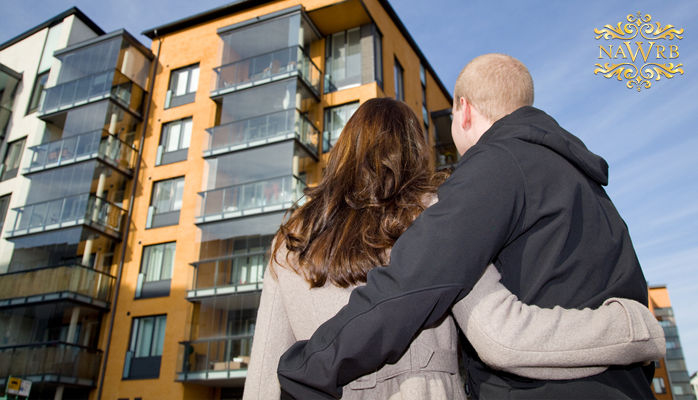The California Association of Realtors® (CAR) released its 3rd Quarter Housing Affordability Report last week and the numbers show that there has been an increase in the interest rates and a dip in the number of people who can afford to buy homes. This housing affordability index is one of the most reliable sources on information providing insight into the state’s housing economy.
According to CAR, the number of Californian families that can afford to buy a $487,420 median-priced home dropped to 29 percent in the 3rd quarter from 30 percent in the 2nd quarter. Compare this with the affordability index that peaked at 56 percent in the 3rd quarter of 2012.
The report also states that a family needs to earn a minimum annual income of $98,350 to be able to make the monthly payments of $2,460, which is inclusive of the principal, interest and taxes on a 30-year, fixed-rate mortgage. This is assuming the buyer received a 4.16 percent interest rate and made a 20 percent down payment.
The 2nd quarter of 2015 saw a median home price of $485,910, an annual income requirement of $96,140 and an effective composite interest rate of 3.95 percent.
A report from the National Association of Home Builders (NAHB)/Wells Fargo Housing Opportunity Index (HOI) reveals that on a national level, San Francisco, San Mateo and Redwood City, California were the least affordable markets for the 12th consecutive quarter. Only 10.5 percent of the homes sold here were affordable to families with a median income of $103,400 in these markets.
Another trend noticed by CAR’s report is that the affordability of condominiums and townhomes also dropped, but they remained more accessible than single-family homes. About 38 percent of buyers were able to afford a $390,740 median-priced condominium or townhome, with an annual income requirement of $78,840 to make monthly payments of $1,970. In addition to the increase in home prices, a rise in interest rates is one of the major factors impacting buying power.
Only two counties in California saw an improvement in affordability: Marin and Santa Barbara. In Marin County, the affordability increased to 19 percent from 17 in the 2nd quarter of 2015 and 15 in the 3rd quarter of 2014. Santa Barbara County comes in with 18 percent versus 16 in the 2nd quarter of 2015 and 14 in the 3rd quarter of 2014. This change in affordability is directly linked to the “plateauing of home prices” and a steady increase in income.
Unfortunately, California has seen a significant decrease in home affordability, thus driving more people to look for affordable homes in other areas or place the purchase of a home on an indefinite hold.

 Login
Login

